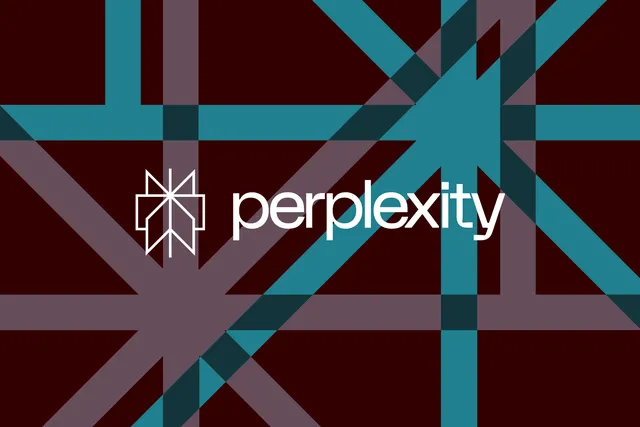Perplexity AI: The Answer Engine with a Lot of Question Marks

Perplexity AI has been making waves as an innovative “answer engine” designed to provide direct, concise answers to user queries. Unlike traditional search engines that return a list of links, Perplexity AI aims to deliver precise responses, streamlining the information retrieval process. However, while this concept holds significant promise, it also comes with a myriad of questions and challenges. This article delves into the mechanics of Perplexity AI, its advantages, the potential pitfalls, and the broader implications for the future of information access and technology.
Understanding Perplexity AI
Perplexity AI leverages advanced natural language processing (NLP) and machine learning algorithms to understand and respond to user queries. Here’s a breakdown of how it works:
How Perplexity AI Works:
- Query Understanding: Perplexity AI analyzes the user’s question, breaking it down to comprehend its intent and context.
- Information Retrieval: It searches through a vast database of information, including web content, databases, and other digital sources.
- Answer Generation: Using its NLP capabilities, Perplexity AI generates a precise answer based on the retrieved information.
- Response Delivery: The answer is presented to the user in a clear and concise format, often supplemented with relevant links or sources for further reading.
Advantages of Perplexity AI
Perplexity AI offers several compelling advantages that could revolutionize how we access information:
- Efficiency: By providing direct answers, Perplexity AI saves users time, eliminating the need to sift through multiple search results.
- Accessibility: It makes information more accessible to users who may not have the expertise or time to conduct extensive searches.
- Accuracy: Leveraging advanced algorithms, Perplexity AI aims to deliver accurate and reliable answers, improving the user experience.
- Convenience: Users can obtain quick answers on-the-go, enhancing the usability of AI for mobile and voice-activated searches.
The Questions and Challenges
Despite its potential, Perplexity AI faces several critical challenges and raises important questions about its effectiveness and impact:
Accuracy and Reliability:
- Source Verification: Ensuring that the information retrieved and used for answers is accurate and comes from reliable sources is a significant challenge.
- Bias and Misinformation: The AI must navigate and mitigate biases present in its data sources to avoid perpetuating misinformation or biased viewpoints.
Understanding Context:
- Complex Queries: Accurately understanding and responding to complex or nuanced queries remains a challenge for AI, which may struggle with context and subtleties.
- Ambiguity: Dealing with ambiguous questions and providing contextually appropriate answers requires sophisticated understanding and reasoning capabilities.
Ethical Considerations:
- Transparency: Users need to know how answers are generated, including the sources of information and the algorithms used, to trust the responses.
- Privacy: Protecting user data and ensuring privacy in the process of query handling and information retrieval is paramount.
Competition and Market Position:
- Search Engine Dominance: Competing with established search engines like Google, which have vast resources and data, poses a significant hurdle for Perplexity AI.
- Adoption and Trust: Gaining user trust and widespread adoption requires demonstrating consistent accuracy and reliability over time.
Broader Implications
The development and deployment of Perplexity AI could have far-reaching implications for various aspects of technology and society:
Information Access:
- Democratization of Knowledge: Making accurate information easily accessible can democratize knowledge, empowering individuals with quick and reliable answers.
- Educational Tools: Such technology can be a powerful tool in education, helping students and educators access precise information efficiently.
Technological Advancements:
- AI Development: The challenges faced by Perplexity AI can drive advancements in NLP and machine learning, pushing the boundaries of what AI can achieve.
- Integration with Other Technologies: Integration with other AI-driven technologies, such as virtual assistants and smart devices, can enhance their functionality and user experience.
Ethical and Societal Impact:
- Trust and Transparency: Building systems that are transparent and trustworthy is crucial to gaining user confidence and promoting ethical AI use.
- Regulation and Oversight: The rise of answer engines like Perplexity AI may prompt the need for regulatory frameworks to ensure ethical standards and protect user interests.
Conclusion
Perplexity AI represents a bold step forward in the evolution of information retrieval, offering the promise of quick, accurate answers to user queries. While the advantages are clear, the challenges and questions it faces are equally significant. Addressing issues of accuracy, reliability, context understanding, and ethical considerations will be critical to its success and acceptance.
As Perplexity AI and similar technologies continue to develop, they have the potential to transform how we access and interact with information, driving innovation and democratizing knowledge. However, achieving this vision will require careful navigation of the complexities and ethical dilemmas that come with such powerful technology. The journey of Perplexity AI is a testament to the ongoing quest for smarter, more efficient ways to connect people with the information they seek, highlighting the ever-evolving relationship between technology and society.




